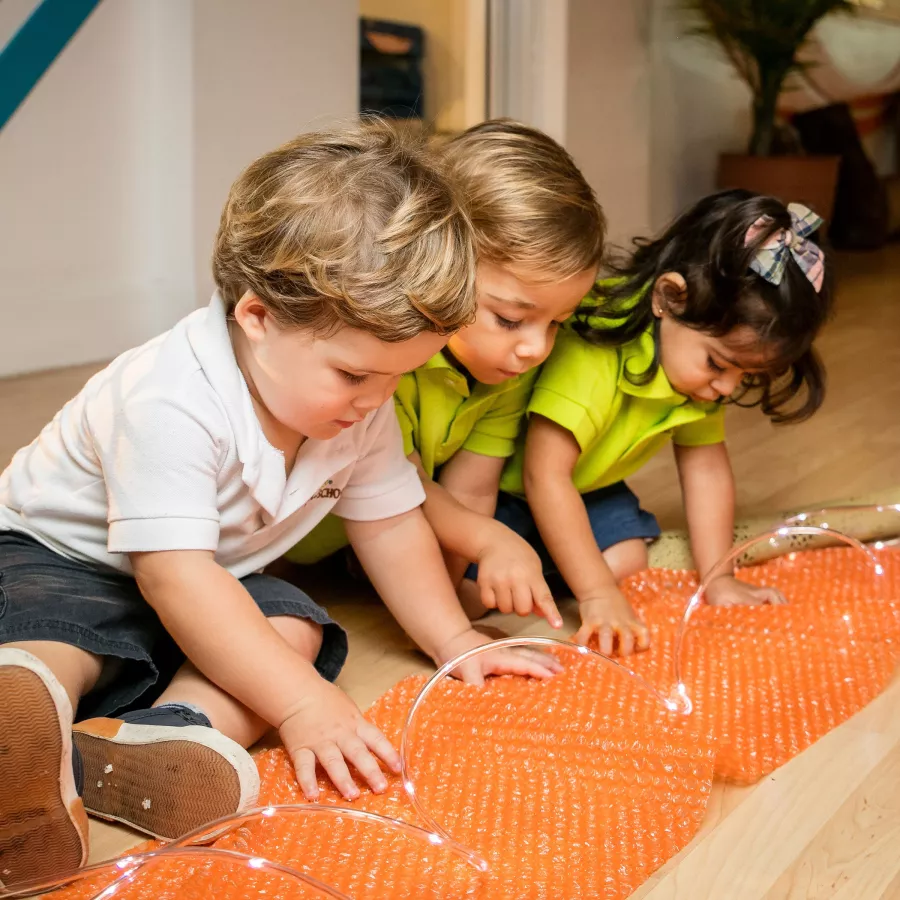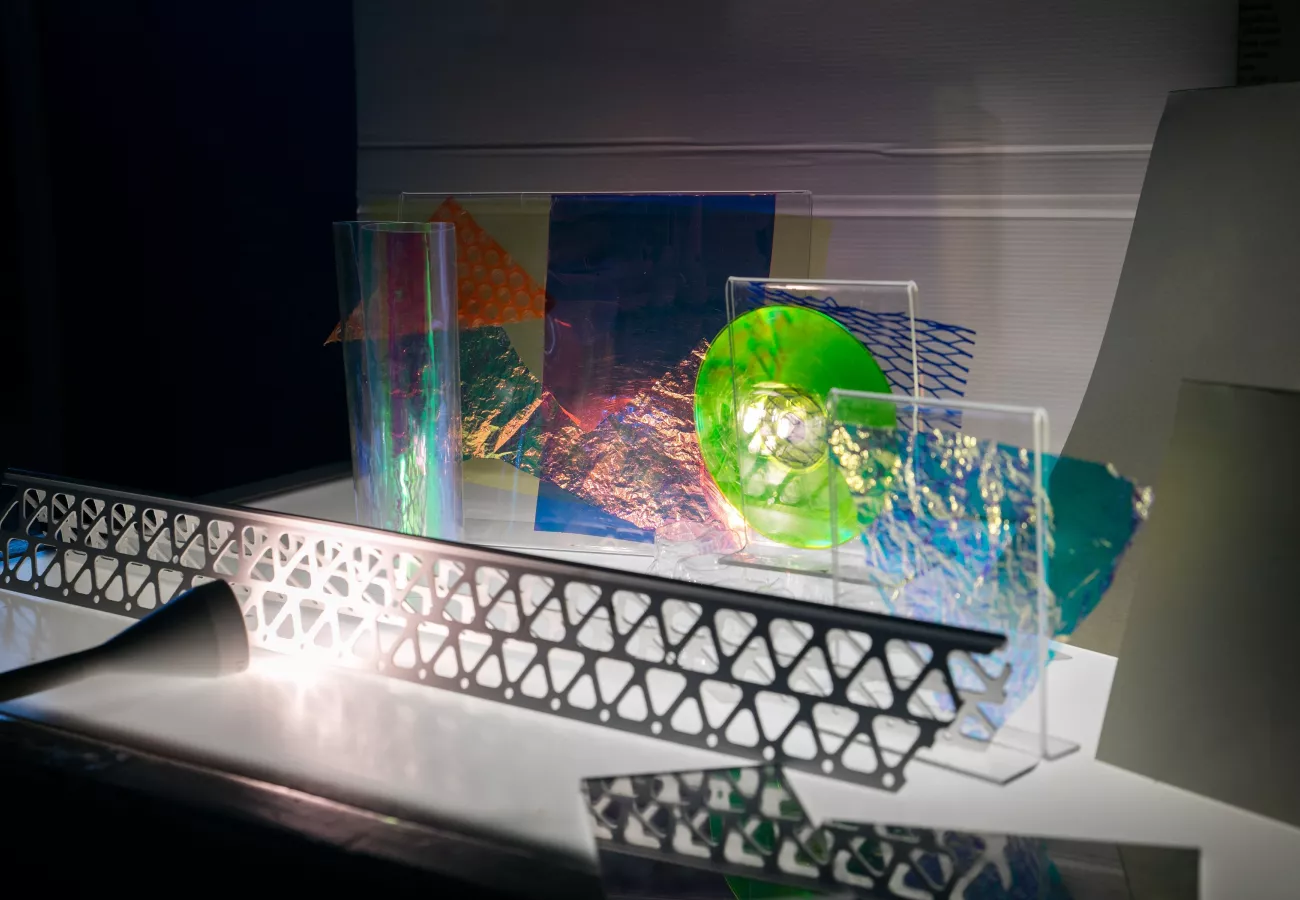How the Reggio Emilia Approach Differs From Traditional Preschool Methods
In Reggio Emilia, children's interests and curiosities drive the curriculum, unlike traditional methods where teachers typically follow a predetermined syllabus. Reggio Emilia educators act more as facilitators and co-learners, rather than instructors who impart knowledge in a top-down manner.
The Reggio approach considers the environment as a "third teacher," placing great emphasis on creating stimulating, aesthetically pleasing spaces. Traditional preschools may not prioritize this aspect as heavily.
Long-term, in-depth projects based on children's interests are central to Reggio Emilia, whereas traditional methods often use shorter, teacher-planned activities. Extensive documentation of children's work and thought processes is also a hallmark of Reggio Emilia, which is less common in traditional preschools.
Reggio Emilia uses observation and documentation for assessment, rather than standardized testing often found in traditional settings. The Reggio curriculum is emergent and flexible, adapting to children's evolving interests, whereas traditional preschools often have more rigid structure.









